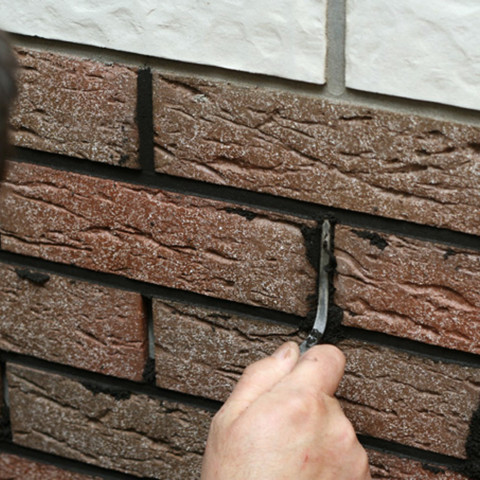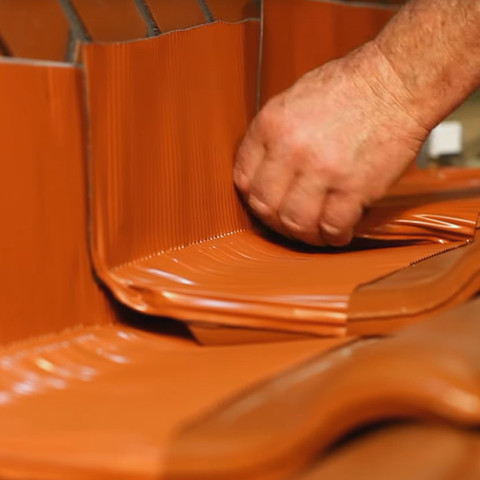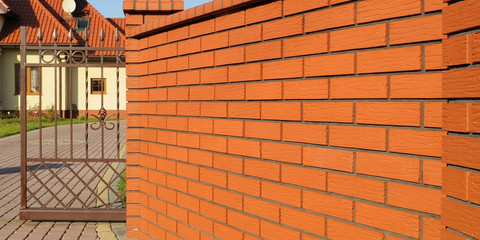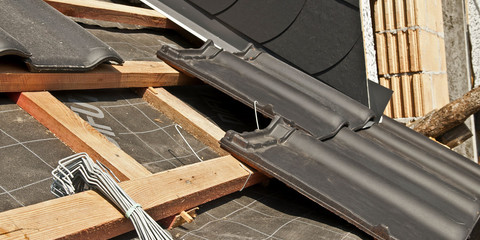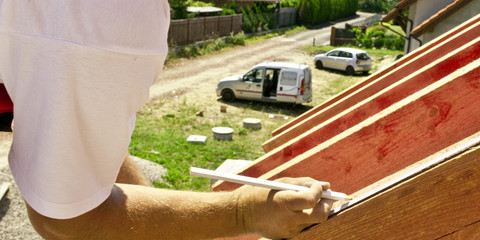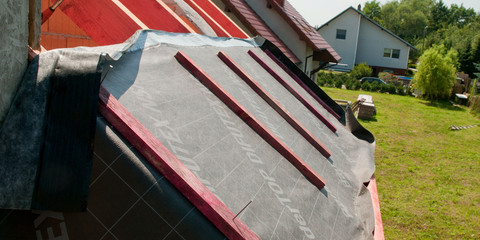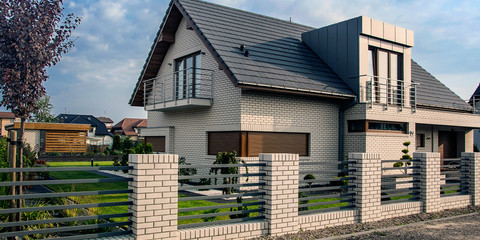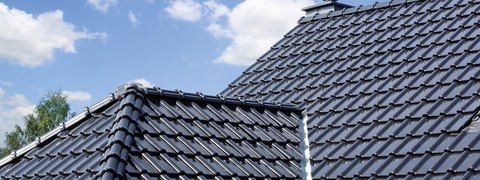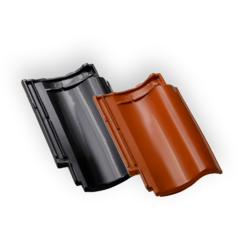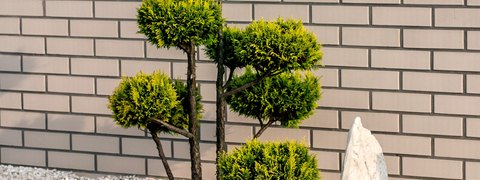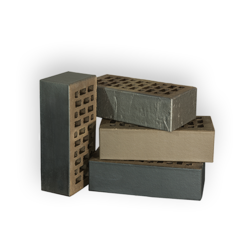Clinker fences
Before starting work, the contractor must plan and measure the arrangement of the fence in the field. Then, you can proceed to the foundation footing.
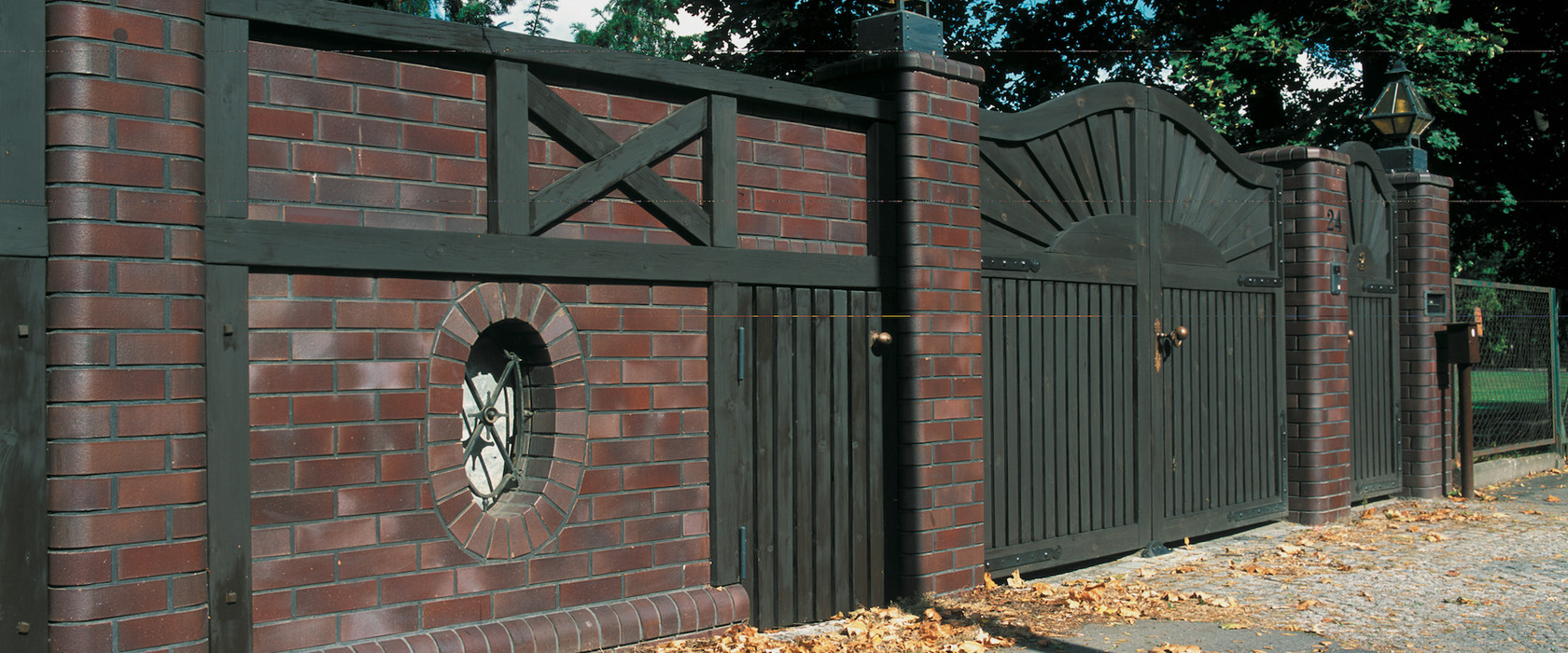
A clinker fence requires a quite deep foundation. Its dimensions depend on the location of the plot and its lands. On swelling soil, which increases its volume under the influence of freezing water, it is strongly recommended to place the foundation below the freezing point.
Depending on the region of the country, it will be approximately 80 cm to approximately 140 cm below the ground. On shrinking soils, you can make a shallower foundation, with a depth of approximately 50 – 60 cm. The width of the foundation should be close to the wall thickness. When pouring concrete, do not forget about expansion joints, i.e. narrow crevices filled with tar paper. In order to guarantee protection against moisture coming from the ground, and thus prevent erosion and destruction of the fence, it is necessary to make horizontal insulation from tar or bituminous strips on the foundation.
Mixing bricks from at least three pallets prevents clear differences in shades on the fence surface. Brick should be laid using full joints. They cannot be sunken or recessed, because then there is free space between the bricks, in which water accumulates, causing the dissolution of mortar ingredients with time.
When laying clinker, you must remember about mixing bricks from several pallets. This rule applies not only to façades, but also to other brick elements, such as fences. It is worth to note that at every stage of bricklaying work, it is necessary to ensure that the already finished layers are not exposed to water. Covering the wall with foil ensures effective protection against rainfall at the stage of masonry-grouting works. After laying the outer layer of clinker, the empty space in the posts is reinforced with rods and filled with concrete of the same consistency as clinker mortar.
The posts may be finished with shaped bricks or prefabricated caps, i.e. finished building elements made of clinker bricks and a concrete supporting core. They have the shape of a cone, so the rainwater flows down quickly. Owing to the effective removal of moisture, they prevent the penetration of moisture to the post joints and the formation of unaesthetic streaks. Caps for posts are not only an aesthetic solution, but they also protect the structure of the fence. The caps are laid using a flexible adhesive.
